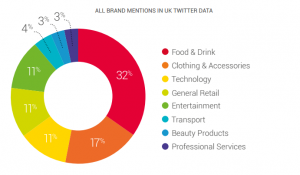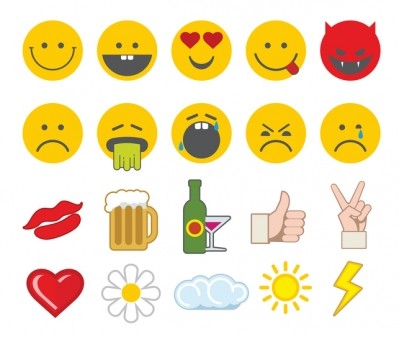How good are food companies at social listening?

According to a report by Brandwatch, restaurants, food and beverage brands have around 11 million followers on social media collectively – and yet their level of engagement with these consumers and followers pales next to this figure.
The UK-based company, which monitors and analyses social media, conducted a survey analysing the social media activity of 40 leading food and drink brands. It found only 29% responded to tagged tweets that were negative in nature, with this figure falling to 23% for positive mentions.
It did not identify a single response to untagged negative comments - meaning companies were not searching out online consumer interest in their brands.
But they were doing so at their peril, said Brandwatch.
“Restaurant, food & beverage businesses, operating at the mercy of consumers’ shifting tastes and preferences, face a rising imperative to proactively listen, understand, and respond to their consumers’ opinions and interests.”
Perfect timing
One of the report's key messages was about the importance of timing. Conversations in real life did not happen with ten day gaps between each comment, so that shouldn't be the case on Twitter either. Companies needed to up their reactiveness accordingly.
“The aim of a social intelligence platform is to both bring awareness to rising issues early and to provide comprehensive analysis on the conversation so responses are better informed,” said Brandwatch.
Another important factor was to be aware of when your target consumers were online to avoid sending tweets into empty cyber space.
"A snapshot of daily online consumer activity reveals that tweets discussing an intention to eat healthy are most common around 3pm and 9pm. However, (...) tweets from leading health food grocers are most common during regular work hours and peak from 11am to 12pm," it said in a previous report.
"The discrepancy in account activity (...) indicates that brands are not fully engaging with an inclined audience."
The simple act of scheduling tweets to be sent when your targets followers are most active could overcome this problem.
The Instagram effect?
The report also highlighted how social listening within the food industry was governed by its own set of specific codes.
For instance, while images that linked to other websites or content were the highest performing posts for most industries, single photos performed “substantially higher” than any other format for restaurant, food and beverage brands.
The report recommended brands centre their strategies around photos whilst still maintaining a diverse stream of social content. By continuously tracking the performance of each post – number of shares, likes and comments – they would be able to identify which format worked best for them.
Why do people connect with brands online?
For global digital marketing company SDL, companies also needed to understand why consumers were engaging with them on social media – and be ready to give something back if that’s what they wanted.
“When they engage with brands, Millennials want something in return. When we asked survey participants why they connect with companies via social media, the most popular responses were 'to get discounts' (58%) and 'to get free perks' (51%).”
This tactic is widely used across the cereal industry, where the leading hashtag across cereal brands was #giveaway.
The bottom line seems to be being that passive is passé.
“No one is waiting to be wooed by elaborate campaigns," said SDL. "These days, marketing success depends on customers seeing, engaging with – and sharing – your content within their trusted social networks.”


















